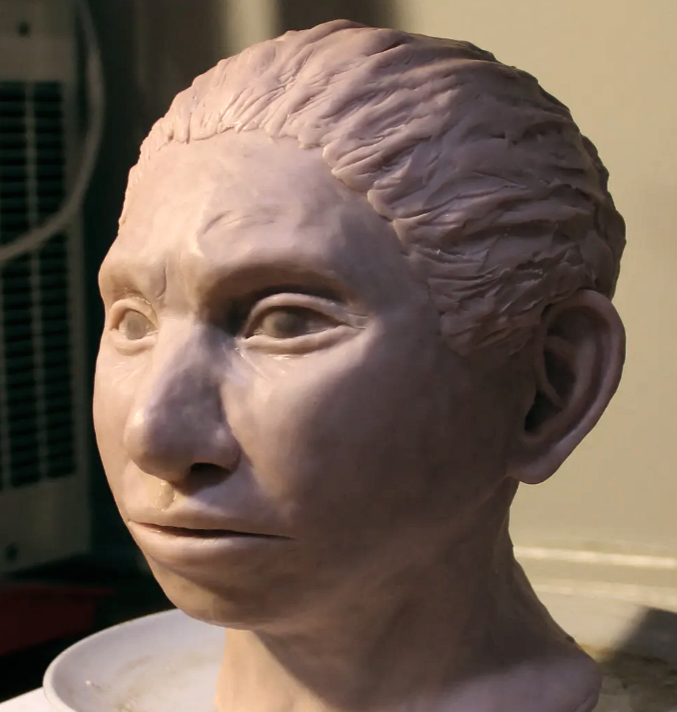Denisovan DNA gives new view
 Researchers have produced new reconstructions of Denisovans - some of our long-lost relatives.
Researchers have produced new reconstructions of Denisovans - some of our long-lost relatives.
Around 100,000 years ago, the Earth was populated by multiple groups of humans, including anatomically modern humans, Neanderthals, and Denisovans.
However, exactly what our Denisovan relatives might have looked like had been anyone's guess. In fact, the world’s entire collection of Denisovan remains consists of a pinky bone, three teeth, and a lower jaw.
Now, researchers from the Hebrew University of Jerusalem in Israel have produced reconstructions based on patterns of methylation in their ancient DNA.
The researchers were able to identify 56 anatomical features in which Denisovans differed from modern humans and/or Neanderthals, 34 of them in the skull. For example, the Denisovan's skull was probably wider than that of modern humans or Neanderthals. They likely also had a longer dental arch.
The team came to this conclusion by using genetic data to predict the anatomical features of the Denisovans. Rather than relying on DNA sequences, they extracted anatomical information from gene activity patterns.
Those gene activity patterns were inferred based on genome-wide DNA methylation or epigenetic patterns, chemical modifications that influence gene activity without changing the underlying sequence of As, Gs, Ts, and Cs.
The researchers first compared DNA methylation patterns between the three hominin groups to find regions in the genome that were differentially methylated. Next, they looked for evidence about what those differences might mean for anatomical features based on what's known about human disorders in which those same genes lose their function.
By doing so, they were able to predict what skeletal parts are affected by differential regulation of each gene and in what direction that skeletal part would change - for example, a longer or shorter femur.
The evidence suggests that Denisovans likely shared Neanderthal traits such as an elongated face and a wide pelvis. It also highlighted Denisovan-specific differences, such as an increased dental arch and lateral cranial expansion, the researchers report.
While their paper was in review, another study came out describing the first confirmed Denisovan mandible, and it turned out that the jaw bone matched their predictions.







 Print
Print